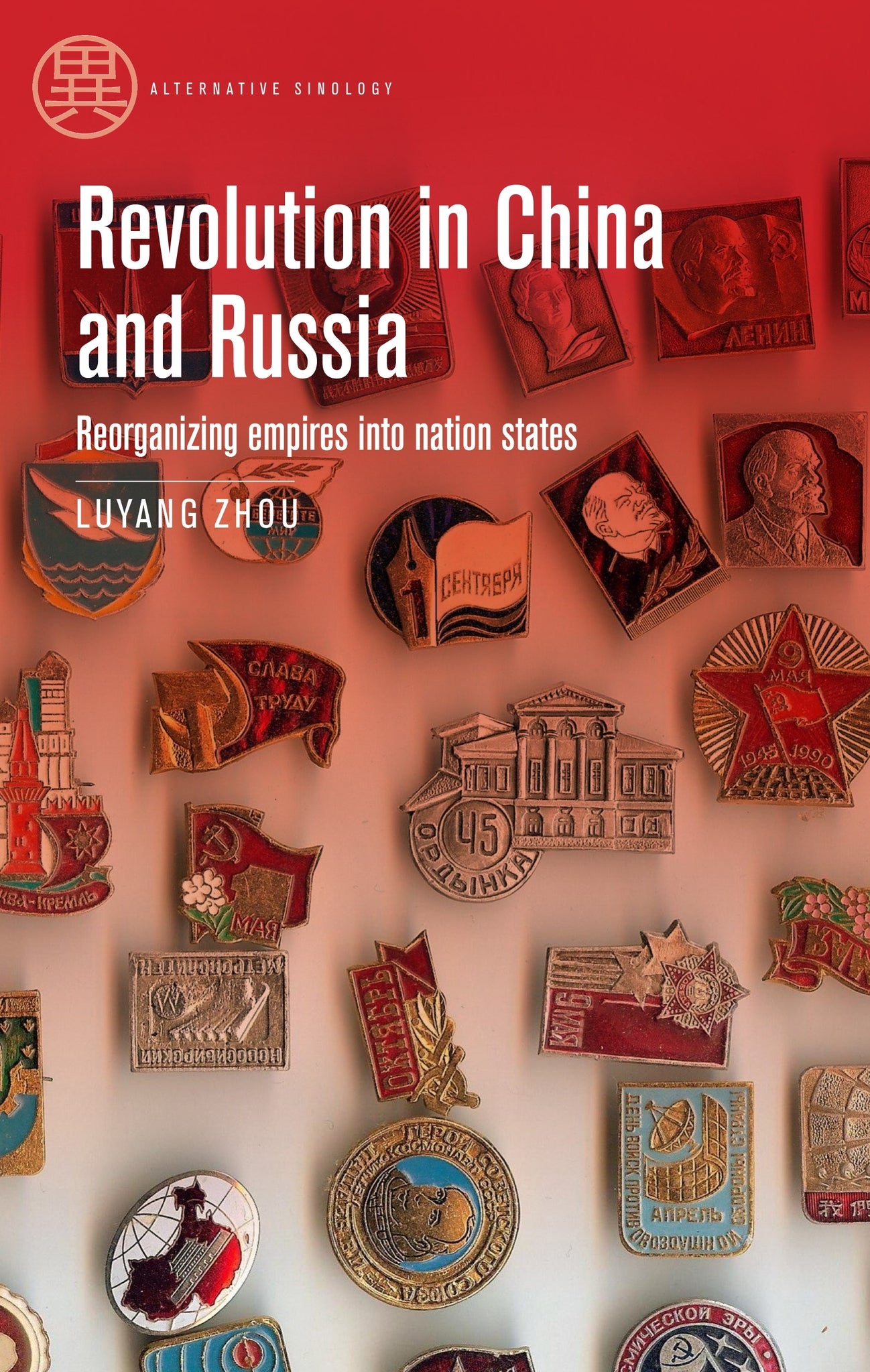We're sorry. An error has occurred
Please cancel or retry.
Revolution in China and Russia

Some error occured while loading the Quick View. Please close the Quick View and try reloading the page.
Couldn't load pickup availability
- Format:
-
10 June 2025


POLITICAL SCIENCE / Political Ideologies / Nationalism & Patriotism, Nationalism, POLITICAL SCIENCE / World / Russian & Former Soviet Union, HISTORY / Asia / China, HISTORY / Russia & the Former Soviet Union, Revolutions, uprisings, rebellions

1 Empires, nation states, and two revolutions
2 From an open union to an enclosed nation state
3 Reconciliation with traditional “Russia” and “China”
4 Revolution, nationalism, and multiethnic integration
Conclusion: Two revolutions in Communist and world history
Appendix 1: Figures
Appendix 2: Tables
A note on prosopographic references
Bibliography
Index



